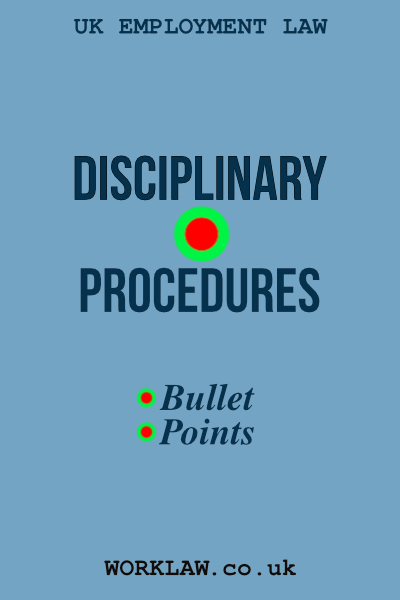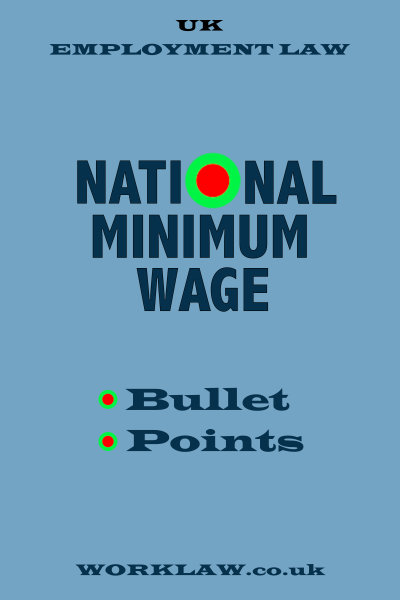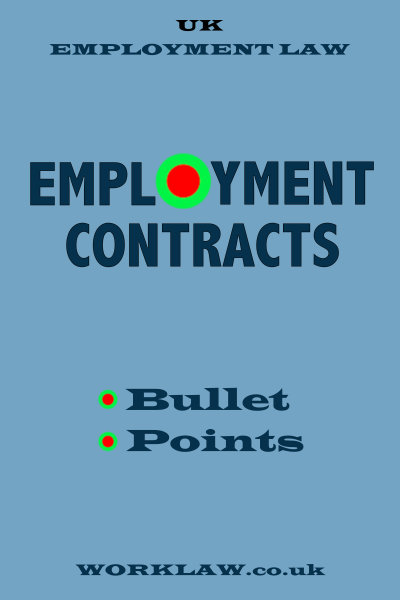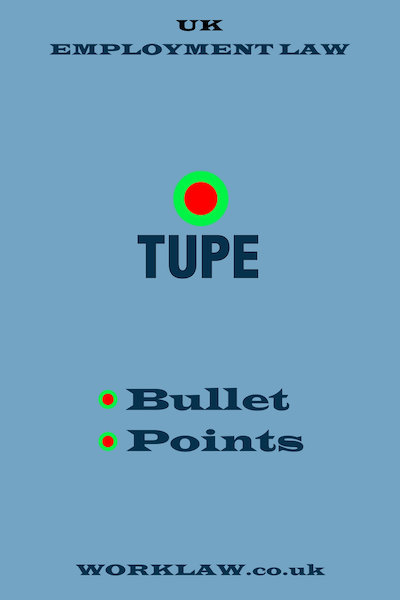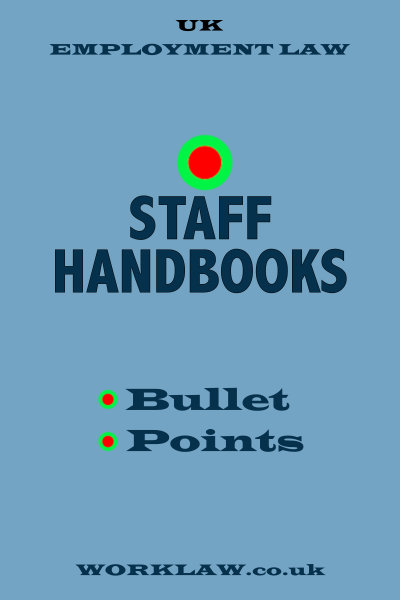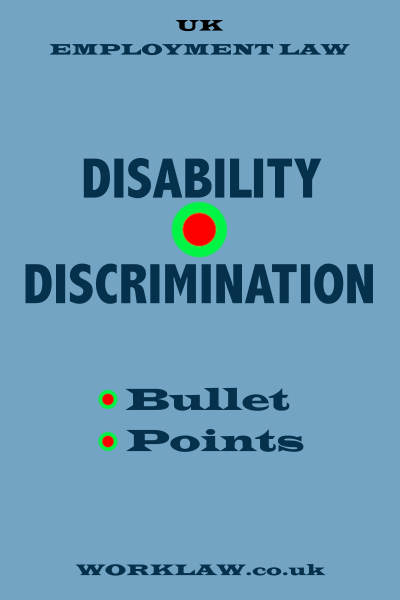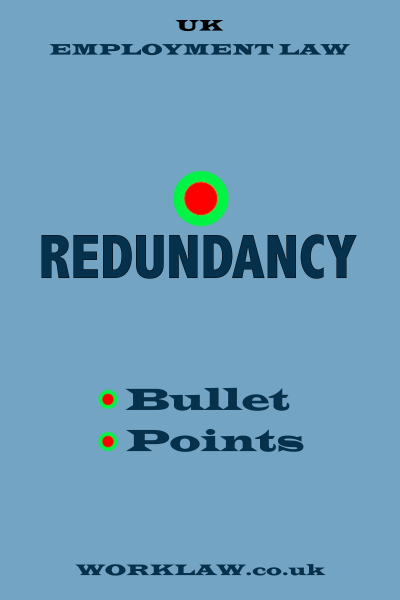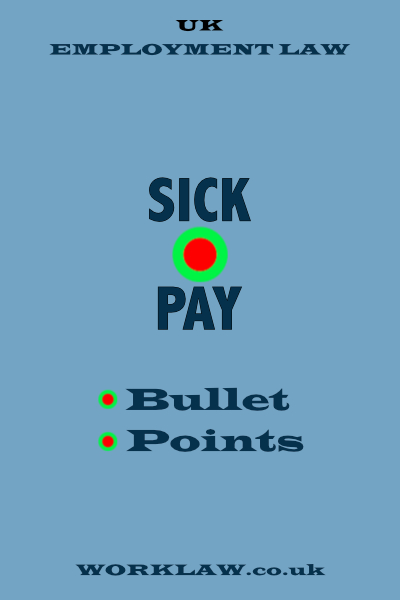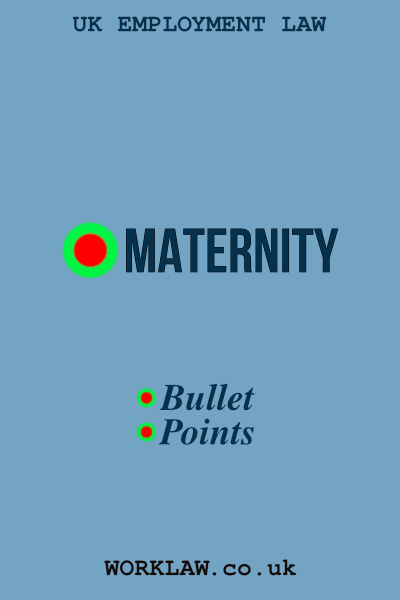How to defend an employment tribunal claim
Employment Tribunals used to be called industrial tribunals and are still called that in Northern Ireland.
Previously, an employment tribunal panel comprised an employment judge and 2 lay persons (lay person meaning a person who is not a lawyer).
Nowadays, most cases in an employment tribunal are decided by an employment judge sitting alone.
However, some cases still require 2 lay persons in addition to the employment judge. For example, cases involving discrimination and whistleblowing are heard by a judge and 2 lay persons.
The lay persons are an employee (often a member a trades union) and an employer (often a member of an employer organisation such as The Federation of Small Businesses).
The procedure in an employment tribunal is designed to be less intimidating than in a court. For example, witnesses give evidence sitting at a table or desk instead of standing in a witness box.
However, employment tribunals have strict procedural rules with which both parties must comply. In particular, time limits laid down by the tribunal must be adhered to otherwise the party in default risks their case being dismissed and judgment given in favour of the other party.
An ET1 (claim) form
A claim to an employment tribunal is started by an ET1 form.No fees are payable to the tribunal.
In an employment tribunal the employee (or ex-employee) is called the claimant. The employer (or former employer) is called the respondent.
A copy of the ET1 is sent to the respondent by the employment tribunal with a blank form called an ET3 and a tribunal letter.
If you have not seen an ET1 before you can download one by clicking ET1 form.
The respondent should read the ET1 form, line by line, and make a note of anything in it which is inaccurate.
Section 8.1 on the ET1 is very important. The claimant is required to tick the relevant box to indicate the type of claim they are making (for example, unfair dismissal). In the ET3 form, the respondent will needs to respond to every ticked box.
Section 8.2 is the space on the form in which the claimant sets out brief details of the reasons they are making a claim (or claims) against the respondent.
On the front page of the ET1 will be a date stamp with the date the ET1 was received by the tribunal office. The respondent needs to check that the form was received by the tribunal within the relevant time limit allowed for making a claim. If the respondent calculates that the claim is - or might be - out of time they need to say so in the ET3 and send a letter or email to the tribunal to highlight the point.
An ET3 (response form)
The first step in defending the claim is to complete the ET3.If you have not seen an ET3 you can download one by clicking ET3 form.
The respondent must ensure that the completed ET3 is received by the tribunal office by the date stated in the letter from the tribunal notifying the respondent of the claim. This will be within 28 days of the date the ET3 was posted by the tribunal to the respondent.
If the respondent needs more than 28 days in which to return the ET3 they need to make a written application to the employment tribunal for an extension of time, before the expiry of the the 28 days, stating the reasons they need an extension.
Most respondents use the electronic form as this can be submitted to the tribunal over the internet. The tribunal will send back an acknowledgement by email almost immediately, whereas a postal acknowledgement can take several days to arrive.
The following must be inserted in the ET3:
• the full name and address and contact details of the respondent;
• whether the respondent is a sole trader, a partnership, a limited company or otherwise;
• the approximate number employees the respondent has in England, Scotland and Wales;
• whether the respondent has more than one business site in England, Scotland and Wales;
• if there is more than one site, the address of the site at which the claimant normally worked and the approximate number of people working at this site;
• whether the early conciliation details in the ET1 are correct;
• whether the dates of employment in the ET1 are correct;
• whether the claimant’s employment is continuing;
• whether the job title or the job description in the ET1 is correct;
• whether the hours of work in the ET1 are correct;
• whether the wages in the ET1 are correct;
• whether any notice pay is correct;
• whether the respondent defends the claim(s) in whole or in part;
• the grounds on which the respondent is defending.
Obviously the grounds for defending the claim are extremely important and must be drafted carefully.
The grounds for defending must be set out in section 6 of the ET3.
It is not always clear why the claimant ticked a particular box in section 8 of the ET1. For example, the claimant might have ticked the box in 8.1 which says I was discriminated against on the grounds of age but there might be nothing in 8.2 to particularise this claim. However, the respondent should still respond to the age discrimination claim by saying in the ET3 something like the claimant’s age was not a reason for the dismissal.
The respondent should make sure that what they say in the ET3 is factually correct and, if possible, can be backed up by evidence, and can withstand cross-examination at the tribunal hearing.
Often it make sense, if there is sufficient time (bearing in mind that the respondent has only 28 days in which to submit an ET3), to collate all the relevant documents and take preliminary written statements from witnesses before the ET3 is finalised and submitted to the tribunal. This is to ensure that what is said on the ET3 form is not significantly different from what the documents say or what witnesses say in later statements.
Tribunal letter
In the same envelope as the ET1, and the blank ET3 form, will be a letter from the tribunal to the respondent. The respondent must read this letter very carefully.Normally, tribunal letters will refer to the following (the wording of the letter might vary a bit from what is written below because tribunal offices can differ in their procedures).
The letter will be headed Notice of a claim and immediately underneath say Notice of hearing on.... and then give the day, date and time of the hearing, which is likely to be several weeks (if not months) later.
Under the heading Responding to the claim, the letter will say if a respondent wishes to defend the claim their response must be received at the Tribunal office by... and then the date. This date is crucial.
A respondent must ensure that their ET3 is received by the tribunal by midnight on this date. There is a case in which an ET3 was received by a tribunal by email 9 seconds after a midnight-deadline and was rejected which meant that the respondent was unable to defend the claim.
The golden rule is do not leave sending an ET3 to the tribunal until the last day; send it at least 3 working days before and then check that it has been received by the tribunal office, and check before the deadline.
Under the heading The hearing, the letter says The claim will be heard by an Employment Judge sitting alone, or depending on the claim or claims, it might say the claim will be heard by the judge sitting with 2 lay members.
If there is a single judge then 4 sets of documents will be needed at a tribunal hearing (1 set for the judge, 1 set for each of the 2 parties, and 1 set to be placed on the witness desk). If there are 3 members on the tribunal panel then 2 extra sets of documents will be needed.
Also under the heading The hearing it says where the case will be heard.
Point to note: The address where the case is heard may not be the same address as that of the tribunal office. For example, the letter might come from the employment tribunal office in Watford, Hertfordshire, but the hearing might take place many miles away; for example, in Bury St Edmunds in Suffolk.
Case Management Orders
At some point, the tribunal will give written instructions to the parties to exchange copies of relevant documents in their possession and exchange written statements by their witnesses by the dates set out in the instructions.Point to note: any written statement by a person who will give evidence (including the claimant) is called a witness statement.
Often, the case management orders are in the first letter from the tribunal to the parties, but sometimes the case management orders are sent at a later date.
The case management orders are normally as follows (the dates and intervals between the dates are only examples and the intervals might be shorter or longer):
(1) No later than the 27th April 2023 - the claimant must set out in writing what remedy the tribunal is being asked to award. The claimant is also ordered to show how the figure for loss is calculated, with supporting documents, and also say whether they have found another job. The claimant is expected to set out the required information in a document, usually called a schedule of loss, which is sent to the respondent and to the Acas conciliator. It might seem prejudicial to the respondent to be discussing how much the claimant should receive in compensation when the case has only just begun. However, the reason the claimant is asked to give an early schedule of loss is to encourage or enhance the possibility of a settlement.
(2) No later than the 25th May 2023, the parties shall send each other a list of any documents that they wish to refer to at the hearing or which are relevant to the case. They shall send each other a copy of these documents if requested to do so. This instructions requires a party to list not only the documents they wish to refer to but also any documents which are relevant to the case: which means, if a party has a document which is relevant, but which does not help them, they are still supposed to add it to their list of documents and send the other party a copy.
(3) No later than the 22nd June 2023, the respondent shall then prepare sufficient copies of the documents for the hearing. What this means is that the documents from both parties should be amalgamated into a bundle of documents for use at the hearing.
Bundle of documents
It is usually the respondent who is tasked with producing a bundle of documents for use at the hearing.The respondent has to combine the documents on the claimant’s list with the documents on the respondent’s list in a single bundle in date order.
The respondent then drafts an index numbering every page in the bundle.
Usually the respondent sends the draft index to the claimant for approval before finalising the contents of the bundle. The obligation on the parties is to try and agree the bundle. If they are in dispute as to whether one or more documents should be included then they are expected to attempt to resolve the dispute; possibly by agreeing to include disputed documents in a side bundle and for the dispute to be raised with the judge at the beginning of the hearing.
If the dispute is particularly significant it might be necessary to ask the tribunal to hold a preliminary hearing for the judge to adjudicate on the dispute.
Once the bundle had been agreed the respondent produces 4 identical bundles usually in a ring-binder or lever-arch file; one for the judge, one for the witness table, one for the claimant and one for the respondent. If there are 2 lay members with the judge then 2 more bundles are needed.
Exchange of witness statements
Referring again to the case management orders, the next order is likely to be:(4) No later than the 21st July 2023, the parties shall send each other their written witness statements. The parties are warned that a witness, whose witness statement is not sent to other party by this date, might not be permitted to give evidence at the hearing.
Point to note: The tribunal might refuse to listen to a witness at the hearing if that person’s written witness statement was not given to the other party in accordance with the timescale laid down by the case management order.
In all, 4 copies (or 6 if lay members) of each witness statement must be produced and 3 (or 5 with lay members) copies taken to the hearing (the other side’s copy should have been sent to them in accordance with the timescale.).
Statement of issues
A case management order that the parties prepare an agreed statement of issues is likely to apply only if both parties are represented by a lawyer.(5) No later than the 18th August 2023, the professional representatives shall prepare a draft statement of issues.
In most cases the issue are clear, for example, was the claimant dismissed unfairly? If a case is complex, usually, the issues will have been decided at a preliminary hearing. In any event, the parties will not have to do a statement of issues if they do have a lawyer.
Point to note: Changes may be made to the case management orders if a party makes an application to a judge.
An order to pay the other party's legal costs
Normally, the loser does not have to pay the winner's legal costs. However, an employment tribunal judge has power to order costs (or part of those costs) if (to quote from the relevant tribunal rule):(a) a party (or that party’s representative) has acted vexatiously, abusively, disruptively or otherwise unreasonably in either the bringing of the proceedings (or part) or the way that the proceedings (or part) have been conducted; or
(b) any claim or response had no reasonable prospect of success.
Regarding (a) above, it is unlikely that a party will act vexatiously, abusively or disruptively. It is usually the words or otherwise unreasonably which apply, meaning the party or their representative has behaved unreasonably in some way and this will be the cause of an order for costs.
A representative normally means the party’s lawyer, but could mean another person who is doing the party’s case for them, such as, for example, a relation of that party.
Point to note: In an employment tribunal, the party’s representative does not have to be a qualified lawyer, such as a solicitor or a barrister.
What is written above is an extract from Defending Employment Tribunal Claims: Bullet Points available from Amazon and Google Play (see below).
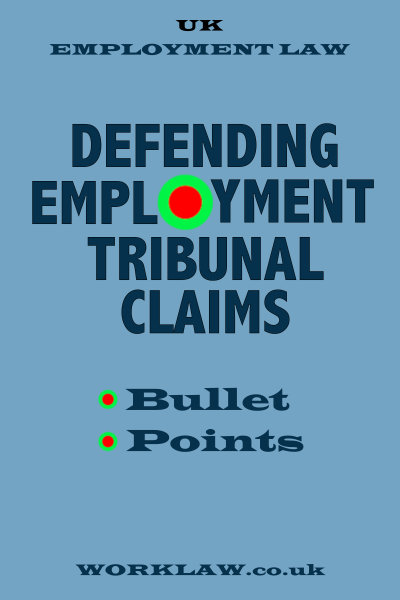
Bullet Point Booklets are published by Quaystone Books


